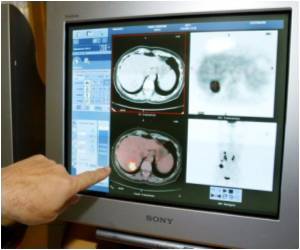A smart laser technology that could make biopsies painless and noninvasive in the future is being developed by scientists at Michigan State University.

"Smart lasers allow us to selectively excite compounds - even ones with small spectroscopic differences," said Dantus.
"We can shape the pulse of the lasers, excite one compound or another based on their vibrational signatures, and this gives us excellent contrast."
In the past, researchers could approach this level of contrast by introducing fluorescent compounds. With the breakthrough using stimulated Raman scattering microscopy, fluorescent markers are unnecessary.
"Label-free molecular imaging has been the holy grail in medicine," Dantus said.
"SRS imaging gives greater specificity and the ability to map a particular chemical species in the presence of an interfering species, such as cholesterol in the presence of lipids."
Advertisement
The results touting this new molecule-selective technology can be found in the current issue of Nature Photonics.
Advertisement













